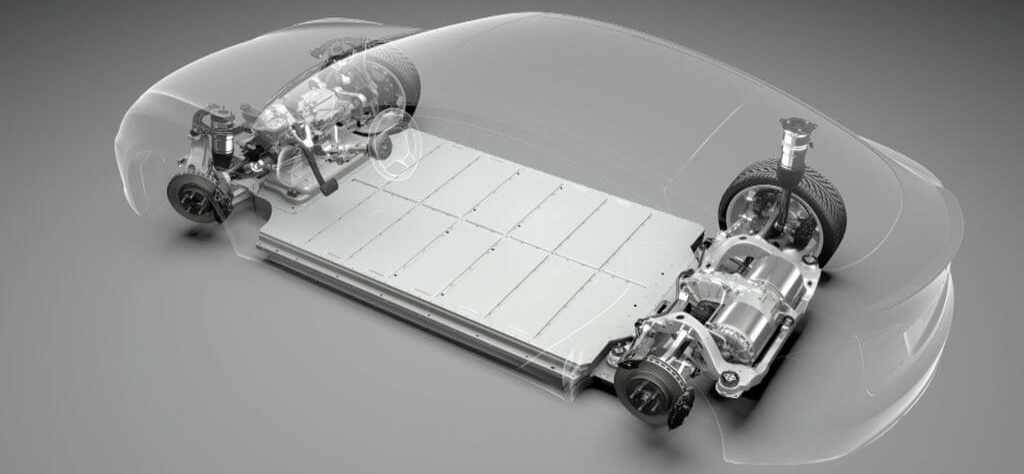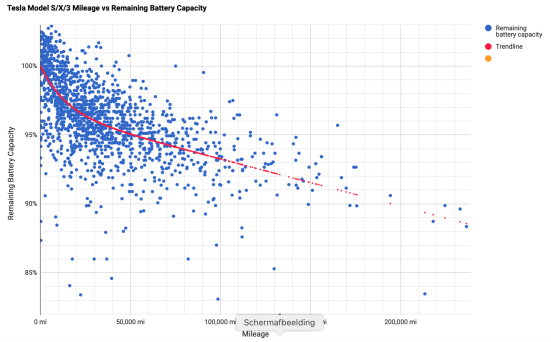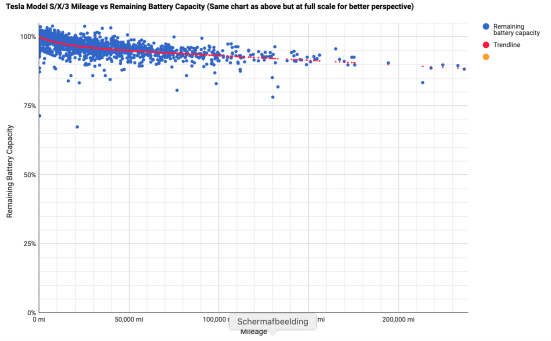With the passage of time and miles, we can see more clearly aspects such as the performance of the batteries of different electric cars. Among them stands out the data provided by the Tesla fleet, which does not stop growing in models and in numbers of units. This allows access to more and more data to know how the performance of its batteries is in an increasingly long term.
Now Maarten Steinbuch, a professor at the University of Eindhoven and passionate about electric cars, has compiled the data available since the first survey launched in 2014. Adding the latest available data regarding the behavior in terms of degradation of the packs of the Model S, X, and Model 3 both taking into account the time and the km traveled.
The data shows that the performance of Tesla batteries in the degradation aspect is excellent. After about 150,000 miles, an average Tesla battery still maintains 92% of its initial capacity. This translates that from a range of about 250 real miles, it would pass about 229 miles after those km.
In the charts, we can see that even after 170,000 miles, Tesla batteries have lost 9% of capacity. Outstanding figures if we consider that many first-generation units are present in the fleet.
Another curiosity is that the line of degradation is not straight. We can see that after 50,000 miles, it begins to attenuate, reducing the rate of loss of capacity.
We can also see that data beyond 125,000 miles is scarcer, which makes it more challenging to obtain a more reliable result. However, we can see that units above 198,000 miles will still maintain 90% of their battery capacity. Figures that, as always, will vary depending on how the battery is treated.
Steinbuch also makes an estimate of the useful life following the lines marked by the current data. If the car has had 9% degradation in 170,000 miles, up to 80% will have to lose 11%, which would mean adding another 340,000 miles (taking into account the least degradation after 50 thousand miles) which would give as a result that with an 80% battery. The Tesla could have covered 509,000 miles, still maintaining a 198 miles range.
Even when the time came, the car could get a new battery and go back to 100% and keep driving the roads.
Of course, a calculation that only takes into account degradation and not unforeseen events, such as breakdowns that could affect the cells or the cooling system. But as regards the useful life, in the case of Tesla, this allows clearing the doubts of many users who still have the myth that the battery will have to be changed every few years.



